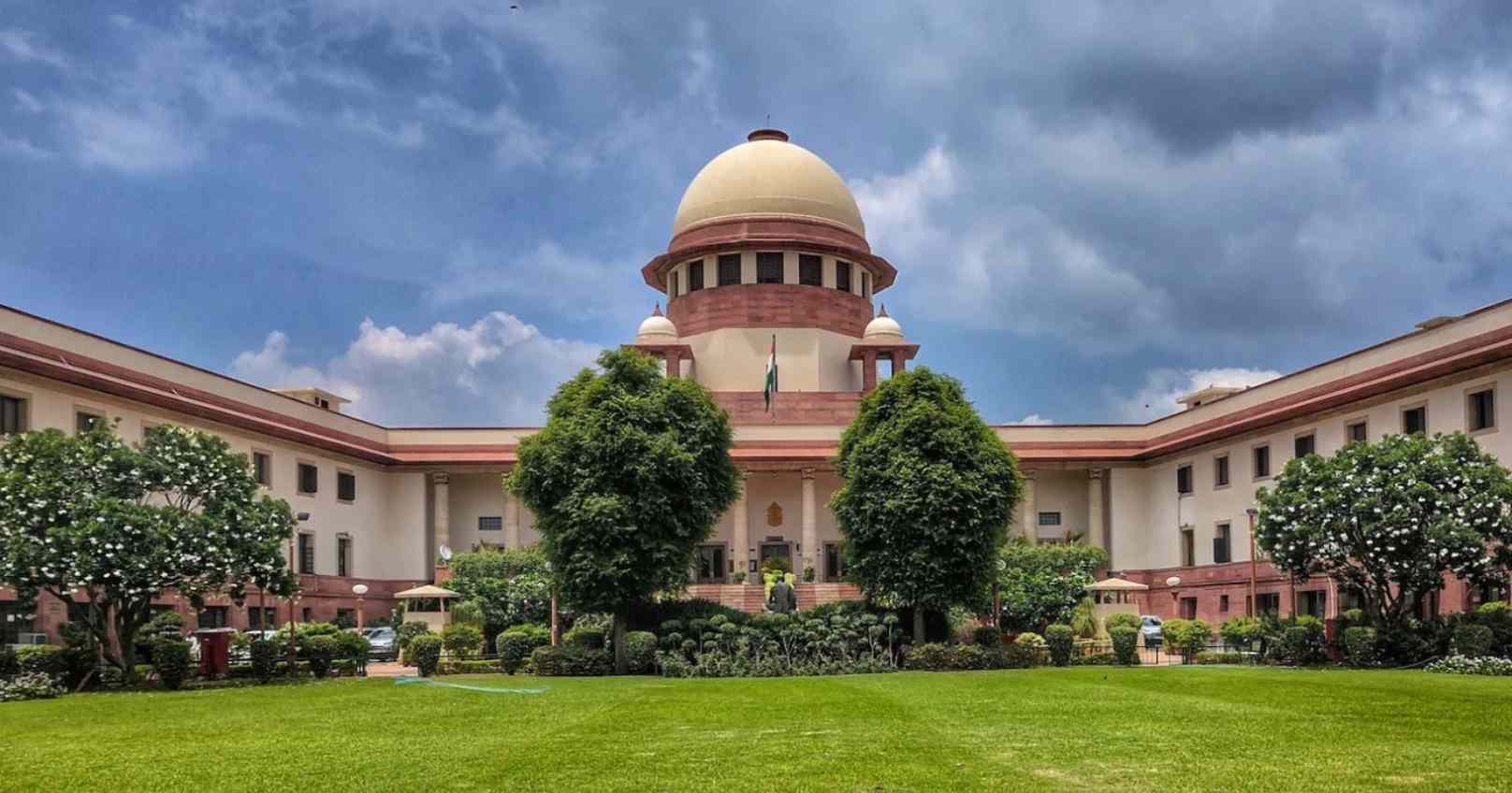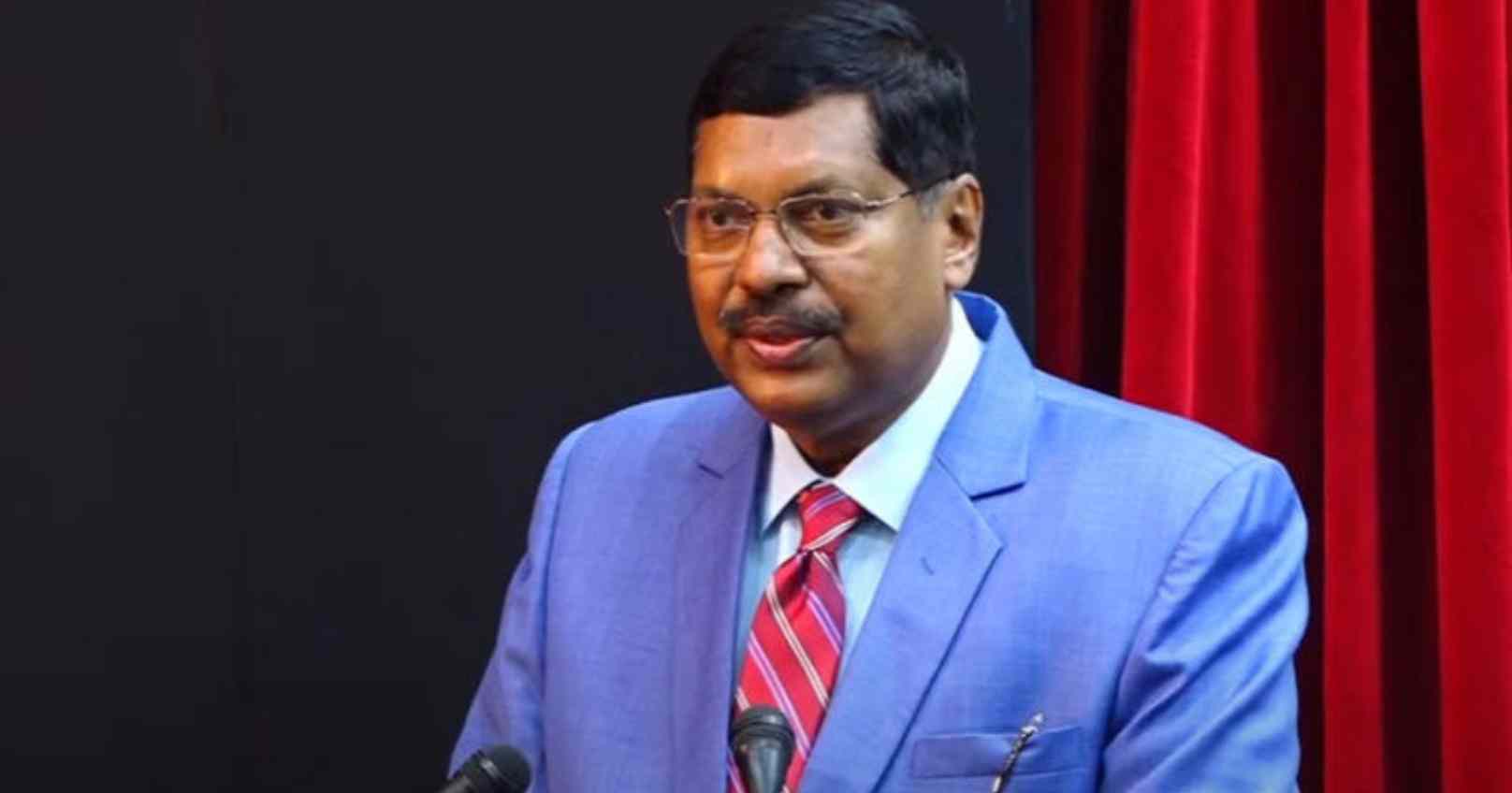In a landmark step toward greater judicial transparency, the Supreme Court of India has started publishing the asset details of its sitting judges on its official website. So far, declarations from 21 of the 33 current judges have been made public, outlining information related to their ownership of real estate, movable assets, gold holdings, stock market investments, and properties held jointly with family members or by spouses.
Among those whose financial details are now available online are all five judges who currently form the Supreme Court Collegium. The apex court noted in a press release that asset declarations from the remaining judges will be uploaded in due course.
This initiative follows a full-court resolution adopted on April 1, which mandated that such asset-related disclosures be made accessible to the public. The resolution will also apply to judges appointed in the future.
The development comes amid growing public scrutiny and calls for accountability in the judiciary, particularly after a recent controversy involving a fire at the residence of Delhi High Court judge Yashwant Varma, where reportedly charred bundles of cash were found.
Until now, judges were required to submit details of their assets only to the Chief Justice of India (CJI), with no obligation for the information to be made publicly available.
In a further move to promote openness, the Supreme Court has also published detailed information about the judicial appointment process. This includes the role of the High Court Collegium, inputs from both state and central governments, deliberations by the Supreme Court Collegium, and data on appointments made from November 2022 through May 2025. The aim, according to the court, is to ensure public awareness and demystify how judges are selected for constitutional courts.







